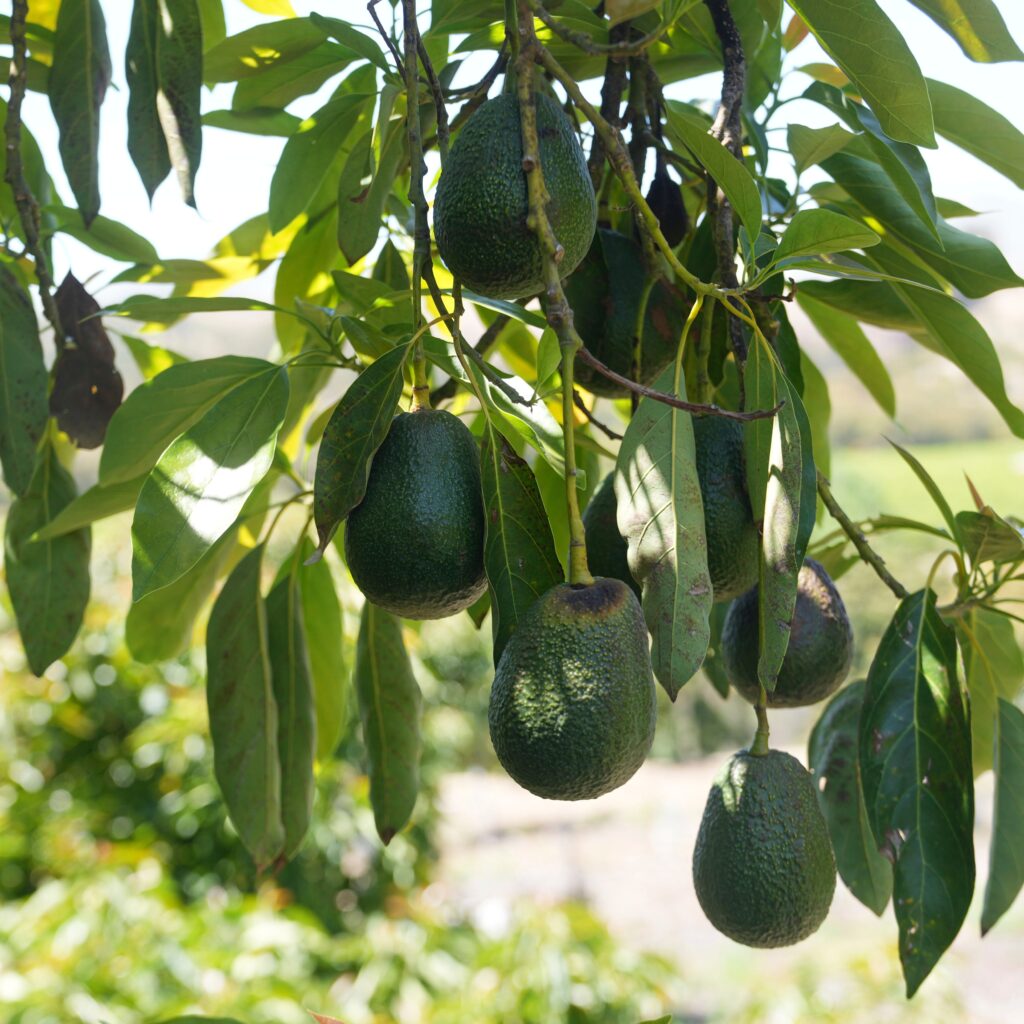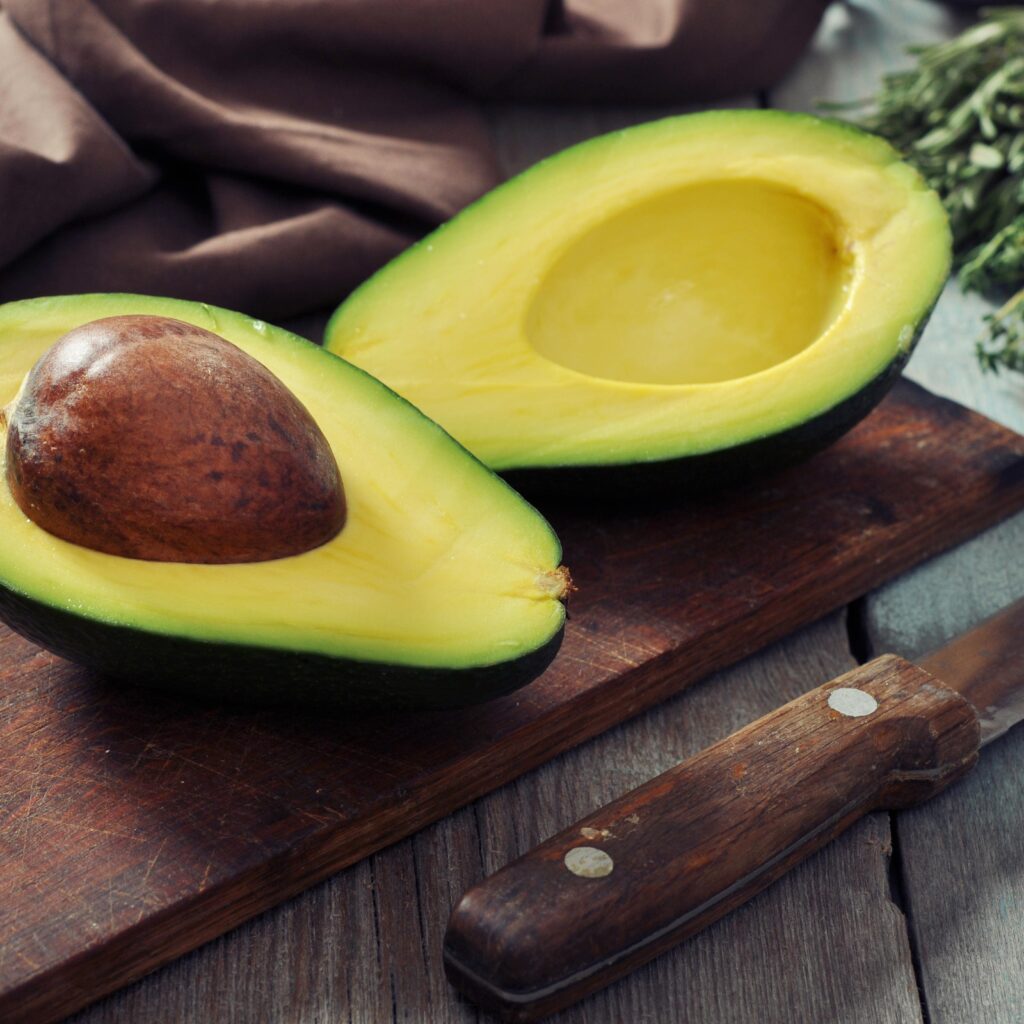Who doesn’t love the creamy texture and subtle flavor of fresh avocados? From guacamole and toast toppings to smoothies and salads, this nutrient-packed fruit has found its way into kitchens around the world. But did you know you can grow your own avocado plant at home — starting with nothing more than the seed from a store-bought avocado?
Growing an avocado from seed is not only a fun and satisfying gardening project but also a great way to bring some greenery into your home. It’s beginner-friendly, low-cost, and watching the seed sprout is incredibly rewarding.
In this article, we’ll walk you through a simple, step-by-step method for growing an avocado from seed at home, along with expert care tips to help your plant thrive.
Why Grow an Avocado from Seed?

Growing an avocado tree from seed offers several benefits:
- Cost-Effective: No need to buy a nursery plant — use what you already have.
- Educational: A fun project for families, kids, or beginner gardeners.
- Decorative: Avocado plants make beautiful houseplants.
- Satisfying: Witnessing a seed sprout and grow into a thriving plant is incredibly fulfilling.
Important note: While your seed-grown avocado plant may take years to bear fruit — if at all — it’s a beautiful and fun plant to nurture indoors or on your patio.
What You’ll Need
Before you get started, gather the following items:
- 1 ripe avocado
- 4 toothpicks
- A glass or jar
- Fresh, clean water
- A small pot (6–8 inches deep) with drainage holes
- Potting mix (loamy, well-draining soil)
- A sunny windowsill or bright spot indoors
Step-by-Step: How to Grow an Avocado from Seed

Step 1: Remove and Clean the Seed
After enjoying your avocado:
- Gently remove the seed from the flesh without cutting or damaging it.
- Rinse the seed under lukewarm water, removing any remaining pulp.
- Pat dry with a soft towel.
Tip: Avoid using soap or scrubbing the seed’s brown skin — it protects the seed and aids germination.
Step 2: Identify Top and Bottom
Determine which end is the top (pointed) and which is the bottom (flat):
- Top: Slightly pointy end where the stem will sprout.
- Bottom: Flatter end where roots will emerge.
Step 3: Insert Toothpicks
Insert 4 toothpicks evenly spaced around the middle of the seed at a slight downward angle. These will act as supports to suspend the seed over water.
Step 4: Place Seed in Water
- Fill a glass or jar with water.
- Suspend the seed over the glass, ensuring the bottom (flat end) is submerged in water while the top remains dry.
- Place the glass in a warm, bright location with indirect sunlight.
Step 5: Change Water Regularly
- Change the water every 2–3 days to keep it clean and prevent mold.
- Maintain the water level so the bottom of the seed is always submerged.
Step 6: Wait for Germination
Be patient — avocado seeds can take 2–8 weeks to sprout.
Here’s what to expect:
- The seed’s outer skin may crack.
- A small root will emerge from the bottom.
- A sprout will appear from the top.
Tip: If nothing happens after 8 weeks, try with a fresh seed.
Step 7: Pot the Sprouted Seed
Once the root reaches 3–4 inches long and a stem with leaves appears:
- Remove the toothpicks and plant the seed in a small pot filled with moist, well-draining potting mix.
- Keep the top half of the seed exposed above soil.
- Place in a sunny spot with indirect light.
Avocado Plant Care Tips

Watering
- Keep the soil consistently moist but not waterlogged.
- Water when the top inch of soil feels dry.
- Reduce watering in winter when growth slows.
Light
- Avocado plants love bright, indirect sunlight.
- Place near a sunny window or move outdoors during warm months.
- Avoid harsh afternoon sun for young plants.
Temperature
- Ideal temperature: 65–85°F (18–29°C).
- Protect from drafts and temperatures below 50°F (10°C).
Fertilizing
- Use a balanced, water-soluble fertilizer once a month during the growing season (spring and summer).
- Avoid overfeeding — it’s better to under-fertilize than overdo it.
Pruning
- Pinch off the top leaves when the plant reaches 8–10 inches tall to encourage bushier growth.
- Trim dead or yellowing leaves to keep the plant healthy.
Repotting
- Repot when the plant outgrows its container (roots emerging from drainage holes).
- Choose a pot one size larger with good drainage.
How Long Until Your Avocado Bears Fruit?

This is the most common question for new growers — and the honest answer is:
It may take 5–10 years (if at all) for a seed-grown avocado plant to produce fruit.
Factors affecting fruiting:
- Climate and growing conditions
- Tree maturity
- Pollination (avocado trees are typically cross-pollinated)
- Whether the plant was seed-grown or grafted (nursery grafted trees bear fruit much sooner)
Even if it never fruits, your avocado plant will remain a lush, tropical indoor houseplant.
Common Problems and Solutions
| Problem | Cause | Solution |
|---|---|---|
| Yellow leaves | Overwatering | Allow soil to dry out slightly |
| Leaf browning | Dry air or too much sun | Increase humidity; move to indirect light |
| No germination | Old or damaged seed | Try a fresh, healthy seed |
| Mold in water | Infrequent water changes | Replace water every 2–3 days |
Fun Avocado Plant Facts

- Avocado plants belong to the laurel family (Lauraceae).
- Native to Central America and Mexico.
- Avocado trees can live for over 50 years.
- The name “avocado” comes from the Aztec word “ahuacatl”.
Final Thoughts
Growing an avocado plant from seed is a simple, rewarding, and educational project. While it requires a little patience, the process is straightforward, inexpensive, and produces a charming green addition to your home.
Even if your plant never bears fruit, you’ll enjoy the journey of watching it sprout, grow, and thrive. And for those lucky enough to eventually harvest homegrown avocados — there’s no taste quite like it.
So next time you enjoy an avocado, save the seed and start your own plant. A little care and patience can turn that humble seed into a beautiful, leafy houseplant you’ll be proud to grow.



